The Silent Workhorses of the Cold War
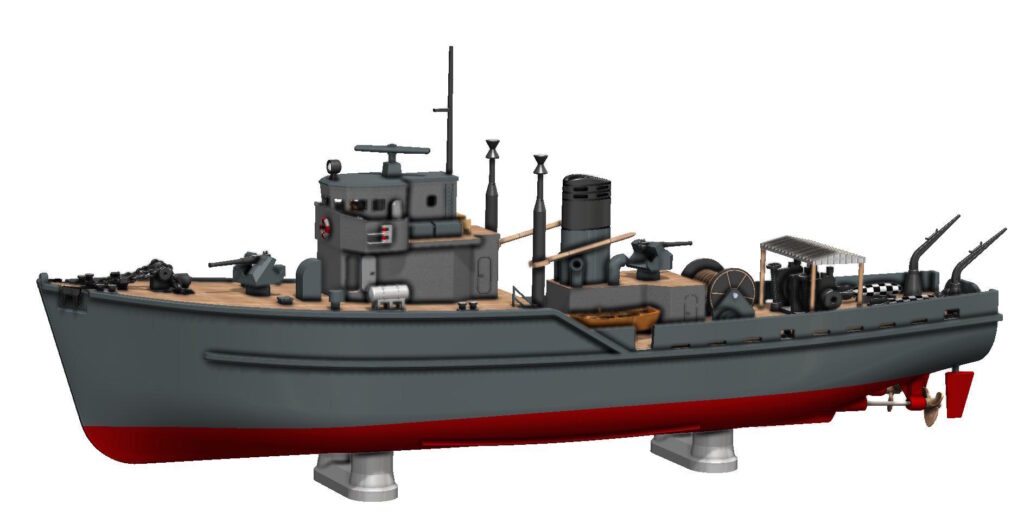
During the tense decades of the Cold War, the Royal Navy quietly operated a fleet of specialized vessels designed not for battle, but for survival—of fleets, ports, and shipping lanes. These were the Ton-class minesweepers, an unglamorous yet vital class of ships that ensured safe passage through mine-infested waters across the globe. Though small in size, their contribution to post-war naval security and NATO maritime operations was significant.
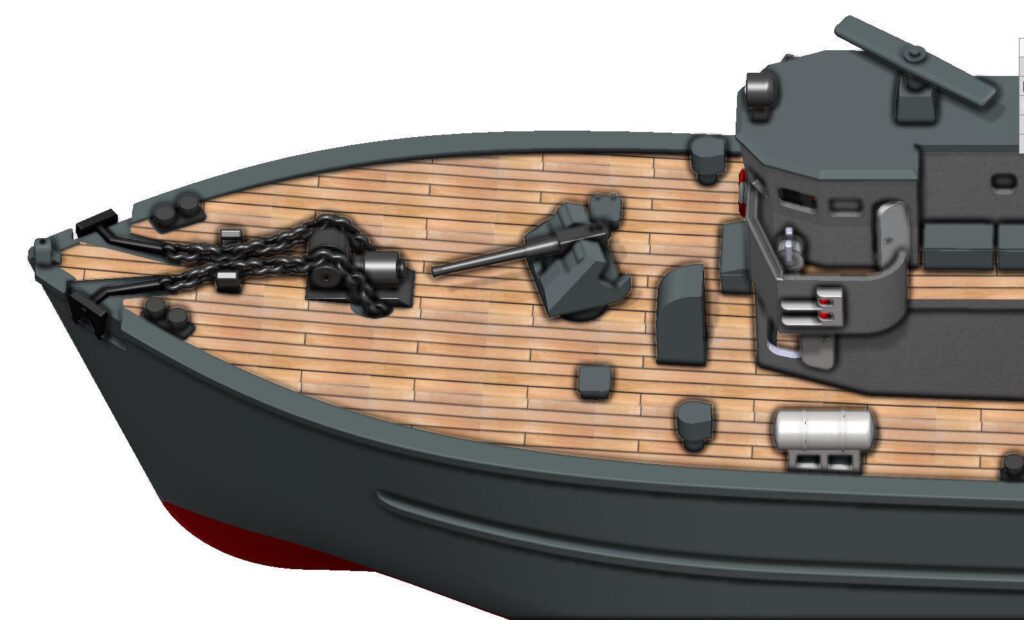
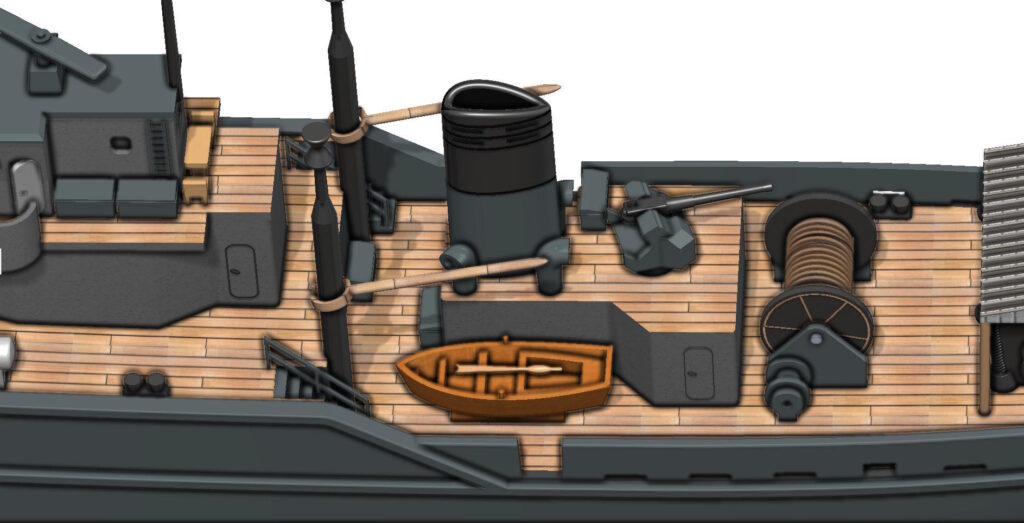
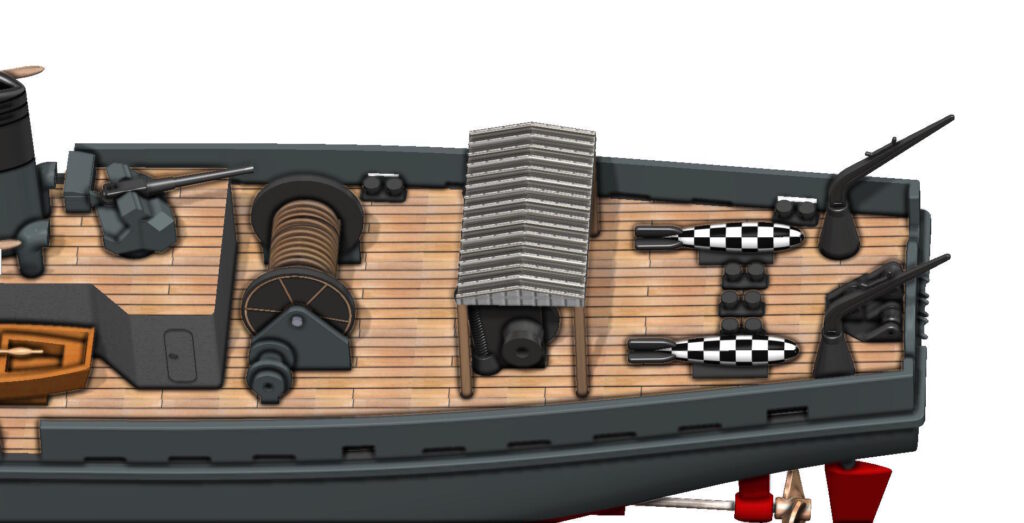
This article includes a 1m 3D model of the Ton Class that can be printed, painted and used for display purposes. The interior of the model is empty and hull has approximately 5-6mm thickness all around making this model a candidate to be converted to a remote controlled boat. There is also a free STL file for a tabletop display model of the Hull Class. You can download it by using the link at the end of the article. Enjoy and please share this page on your social media. If you want to purchase the paid model, HERE IS THE PURCHASE LINK.
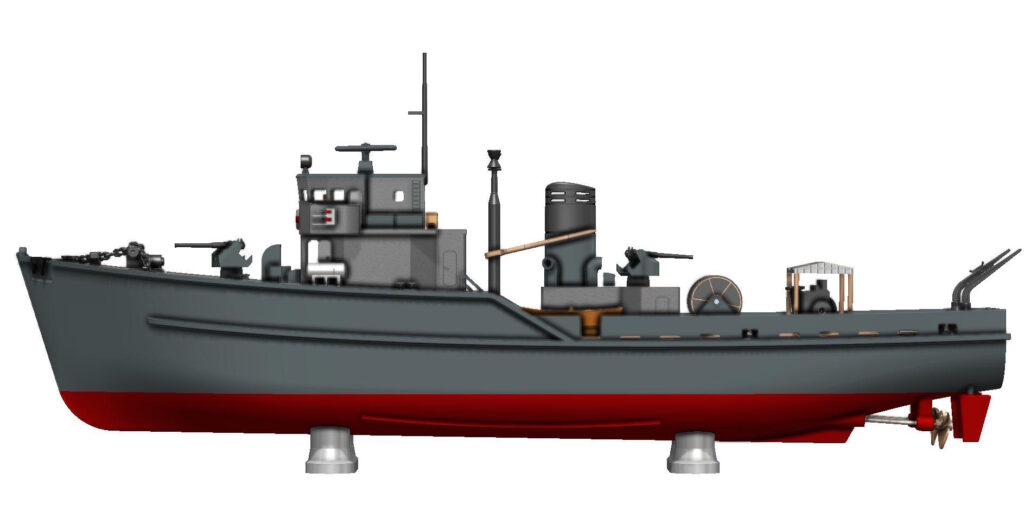
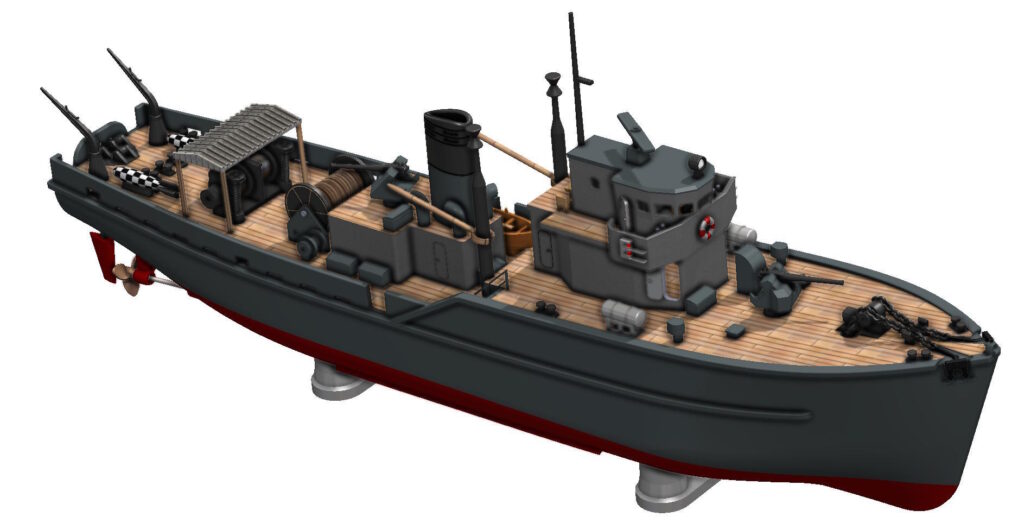
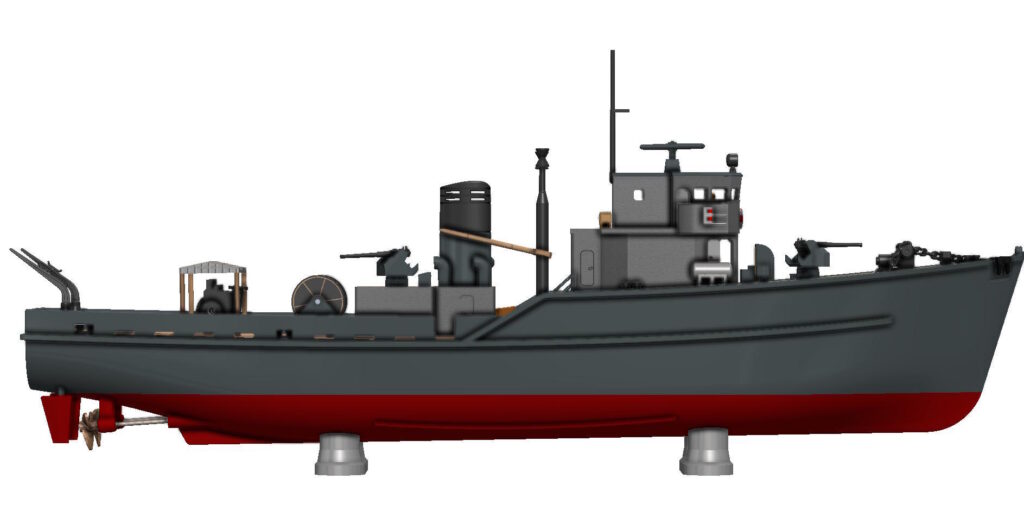
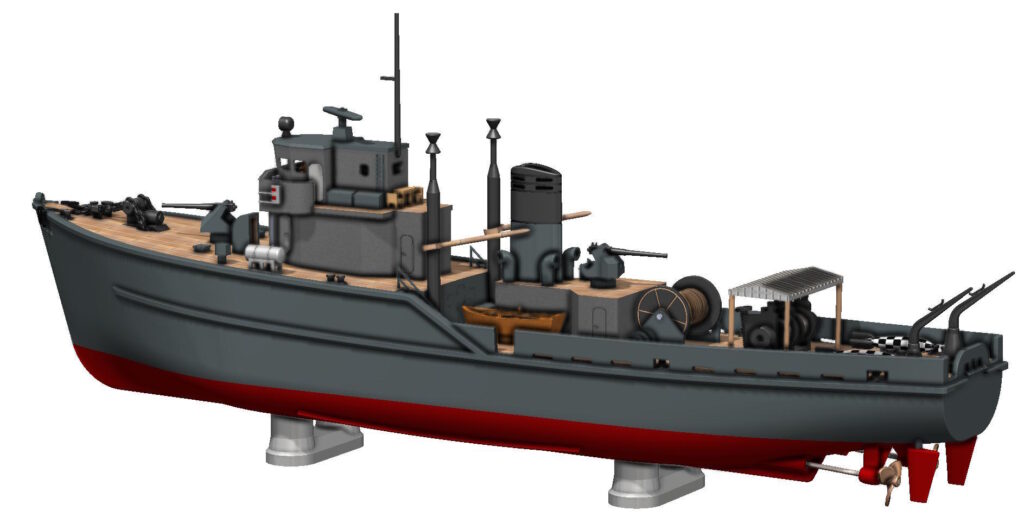
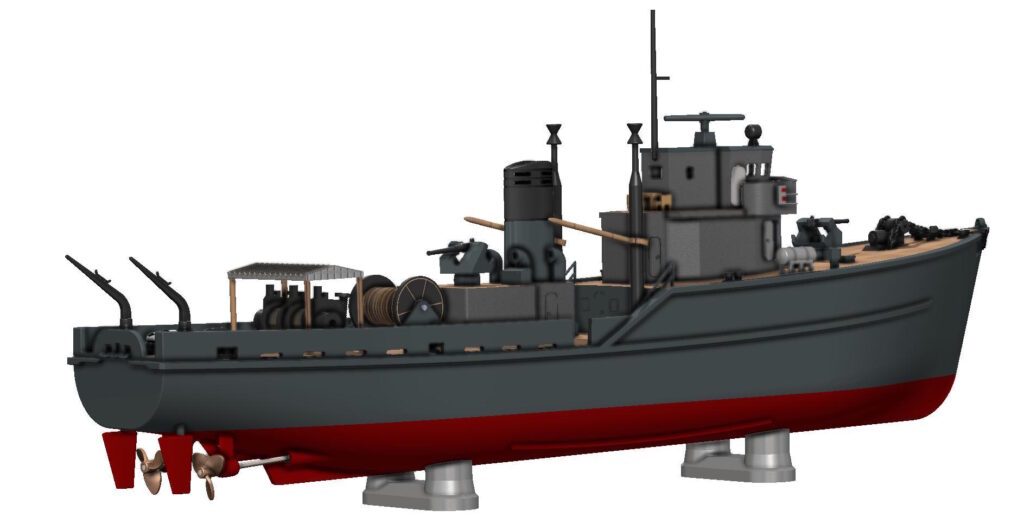
Origins and Strategic Context
Following World War II, naval planners recognized that mines would remain a major threat in any future conflict. The extensive mining campaigns during the war had already demonstrated their destructive potential. As Cold War tensions escalated, particularly with the Soviet Union maintaining large stockpiles of naval mines, the need for a modern, nimble, and mass-producible minesweeper class became evident.
The result was the Ton-class, named after the Royal Navy’s tradition of naming minesweepers after towns ending in “-ton” (e.g., HMS Alverton, HMS Bronington). Designed in the early 1950s, the class would ultimately comprise over 100 vessels, making it one of the largest minesweeper classes of the post-war era.


Design and Construction
Ton-class minesweepers were built with non-magnetic hulls, primarily constructed from wood and aluminum to avoid triggering magnetic mines. Their hulls featured a distinctive rounded shape and shallow draught, which allowed them to operate close to shore and in rivers.
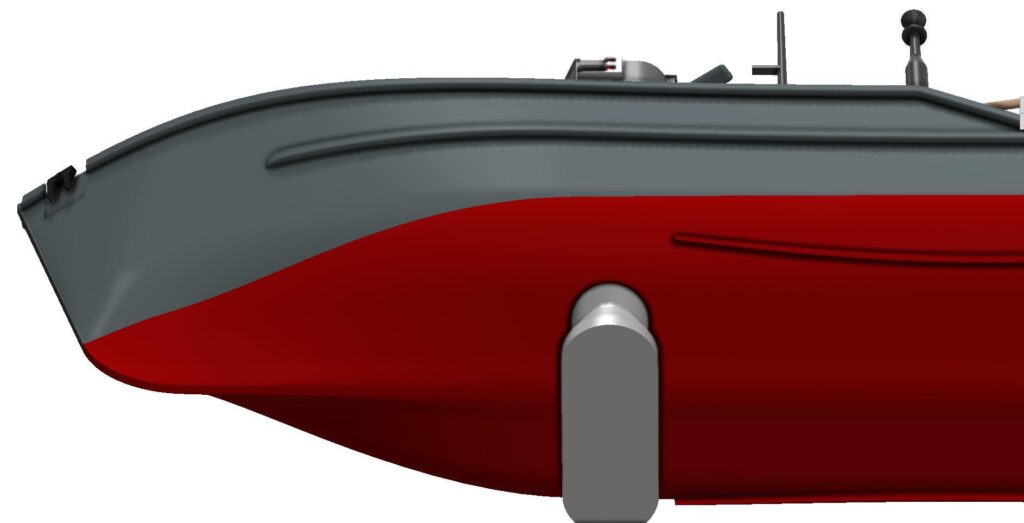

Key Specifications:
- Length: ~153 feet (46.6 meters)
- Beam: ~27 feet (8.2 meters)
- Displacement: ~440 tons standard
- Propulsion: 2 Napier Deltic diesel engines (total ~3,000 hp)
- Speed: ~15 knots
- Crew: ~33–40 officers and ratings
- Armament: Typically one 40 mm Bofors gun and various small arms
The vessels were equipped for both magnetic and acoustic minesweeping, using towed gear to detect and neutralize underwater threats.
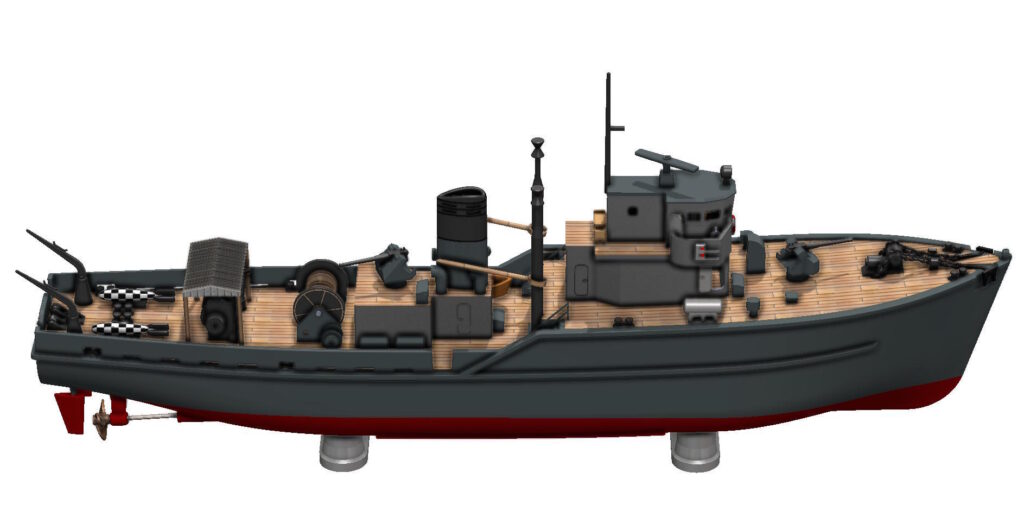
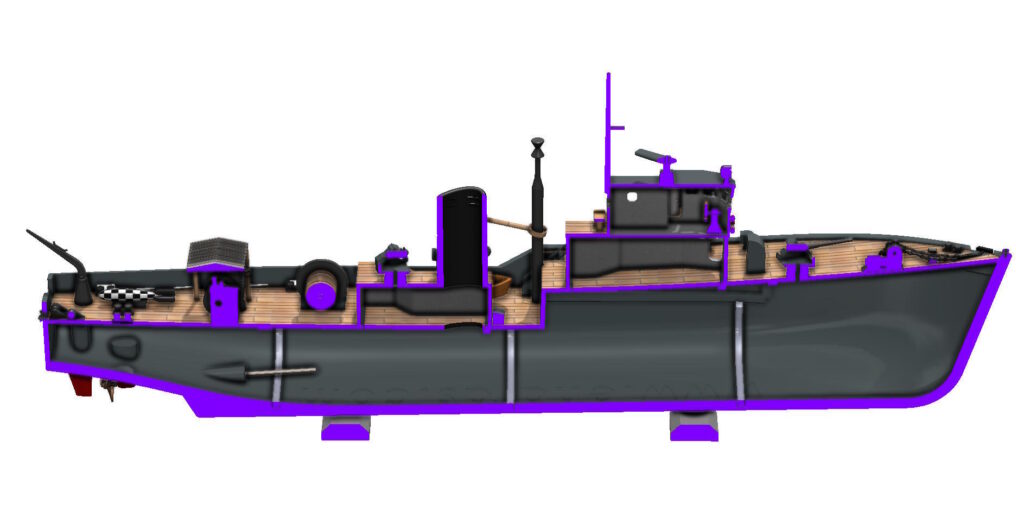
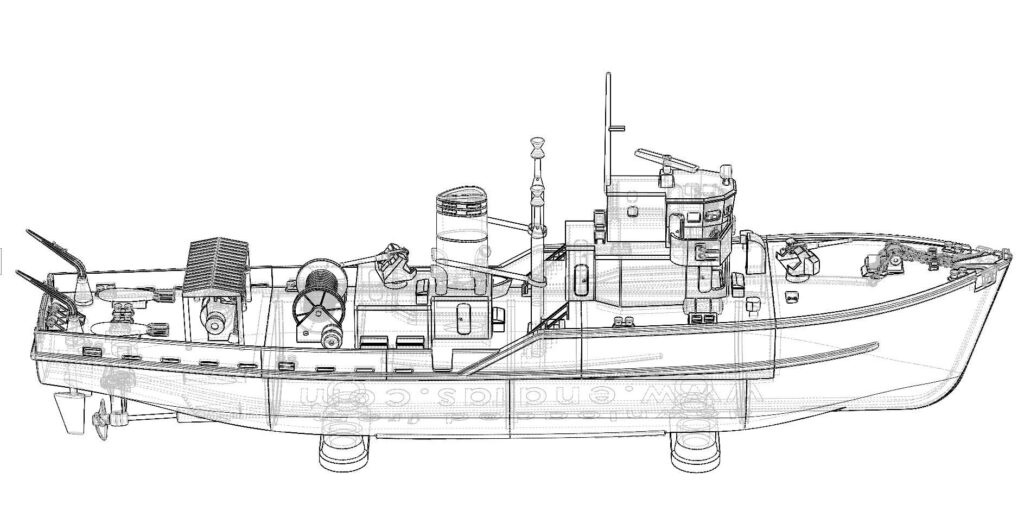
Versatility in Service
Though designed as minesweepers, Ton-class ships were highly adaptable. Many were converted to other roles over their service life, including:
- Minehunters (with sonar equipment added)
- Patrol craft
- Training vessels
- Hydrographic survey ships
Their small size and good seakeeping abilities made them suitable for a variety of missions, including fisheries protection, anti-smuggling patrols, and even supporting special forces operations.
Operational History
Ton-class vessels served with the Royal Navy, Royal Australian Navy, Royal Malaysian Navy, Royal Hong Kong Naval Volunteer Force, and several NATO and Commonwealth countries.
Notable Events:
- Indonesia–Malaysia Confrontation (1960s): Ton-class ships were active in safeguarding shipping and deterring Indonesian infiltrators.
- Falklands War (1982): Though not deployed to the South Atlantic, some were used for training and coastal patrol during the conflict.
- The Royal Service of Prince Charles: HMS Bronington, a Ton-class minesweeper, was commanded by then-Lieutenant Charles (now King Charles III) in 1976.
Legacy and Decommissioning
By the late 1980s and early 1990s, most Ton-class ships had been retired or transferred to other navies. Advances in mine warfare technology and the development of glass-reinforced plastic (GRP) hulls made newer minehunters like the Hunt-class and Sandown-class more effective.
Several Ton-class ships were preserved as museum ships or training hulks. HMS Bronington, for example, was intended to be preserved but suffered damage while in storage and awaits restoration.
Though overshadowed by larger warships and aircraft carriers, Ton-class minesweepers represent the indispensable utility vessels that kept sea lanes open and navies operational during a critical period in 20th-century history. Their quiet but essential work underpins the notion that naval warfare is not only about battles but also about safety, presence, and persistence. In the Cold War’s game of cat and mouse, the Ton-class minesweepers were the vigilant cats ensuring the sea was safe to cross.
3D Model
These small yet vital Royal Navy vessels served across the globe in roles ranging from minesweeping to coastal patrol, even commanding the attention of royalty—King Charles III once captained HMS Bronington. Inspired by their legacy, I’ve created a detailed 1-meter-long 3D printable model of a Ton-class minesweeper, split into 75+ high-resolution, easy-to-print parts. The model is not only a rewarding build for hobbyists, but it’s also convertible into a functioning remote-controlled boat project. Its hollow interior, with a hull thickness of mostly 4–6mm, allows flexibility for customization or RC component installation, making it both a tribute to naval history and a fun, hands-on project.
The file pack also has numerous fittings you can use to improve your project. It is recomended to use each fittings more than once either conforming to the plans of the Ton Class or as you wish to make a more novel project. You can find the purchase link to the model below. The free stl is also available for download at the bottom. If you want to purchase the paid model, HERE IS THE PURCHASE LINK.
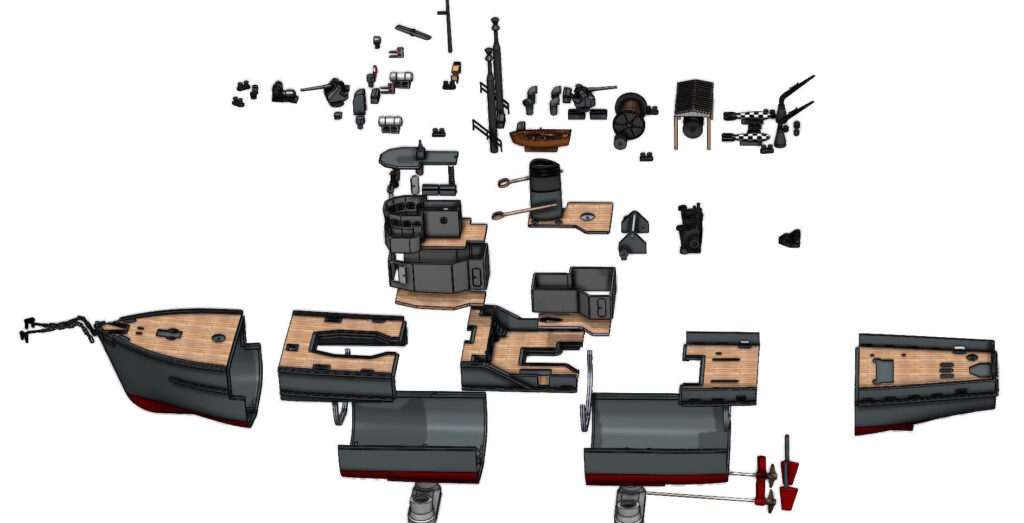
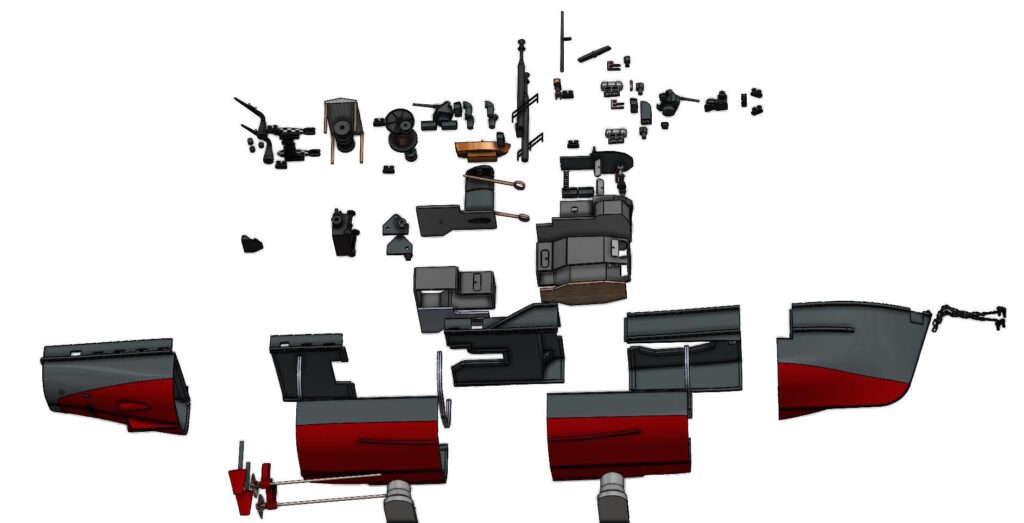
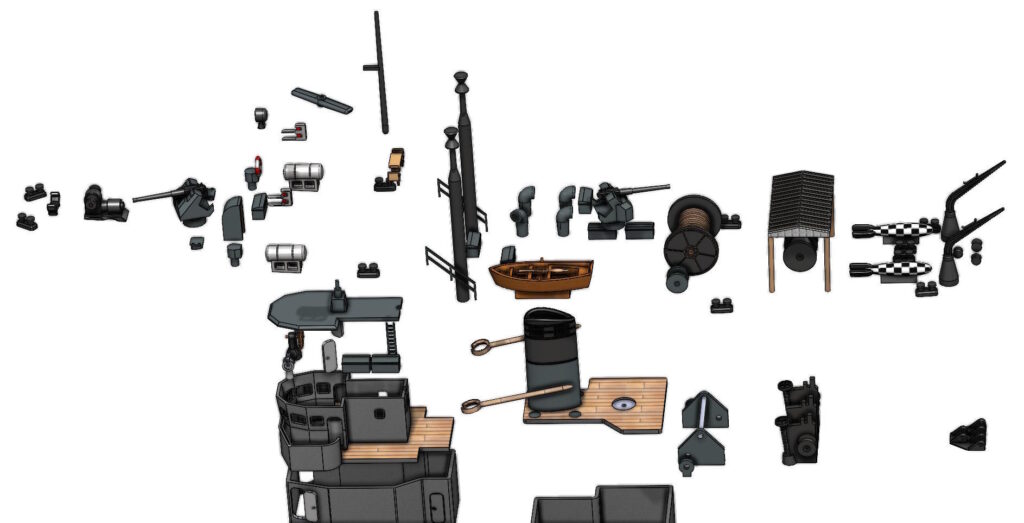
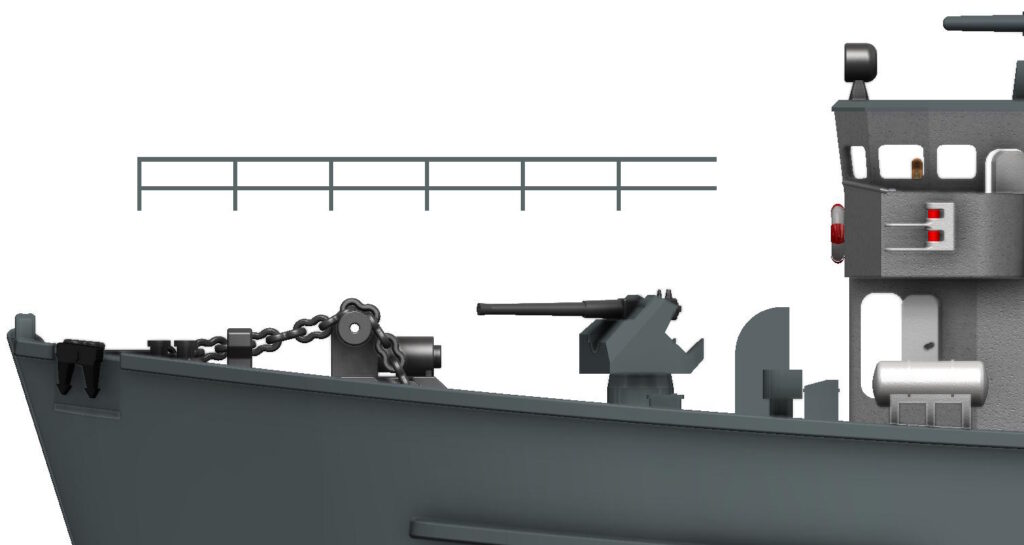
A simple plan of the Hull Class is below, you can find many more detailed plans and various photos on the net.
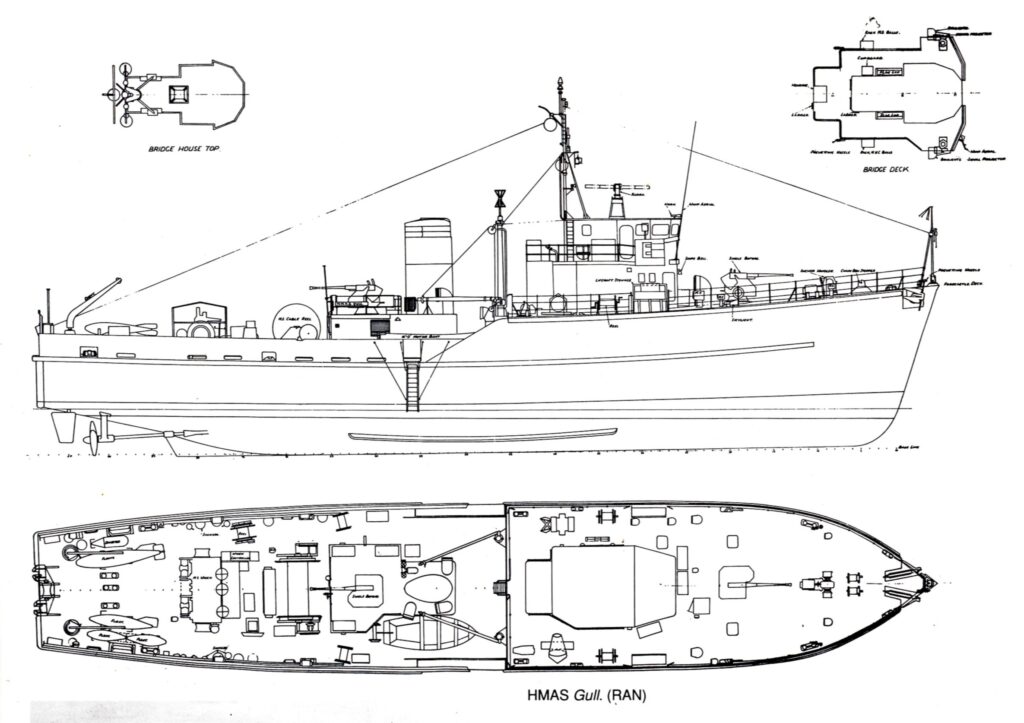





 Users Today : 16
Users Today : 16 Users Yesterday : 0
Users Yesterday : 0 Users Last 7 days : 16
Users Last 7 days : 16 Views Today : 31
Views Today : 31 Views Yesterday :
Views Yesterday :  Views Last 7 days : 31
Views Last 7 days : 31 Total views : 1320275
Total views : 1320275 Who's Online : 0
Who's Online : 0